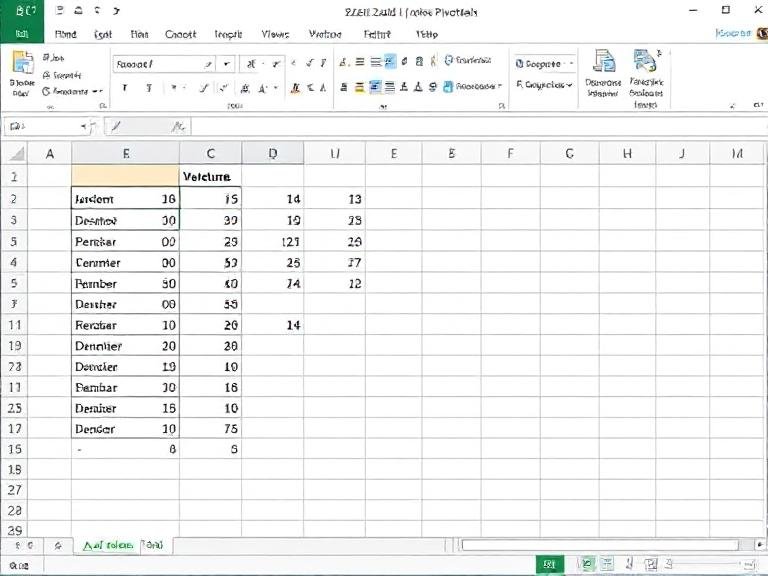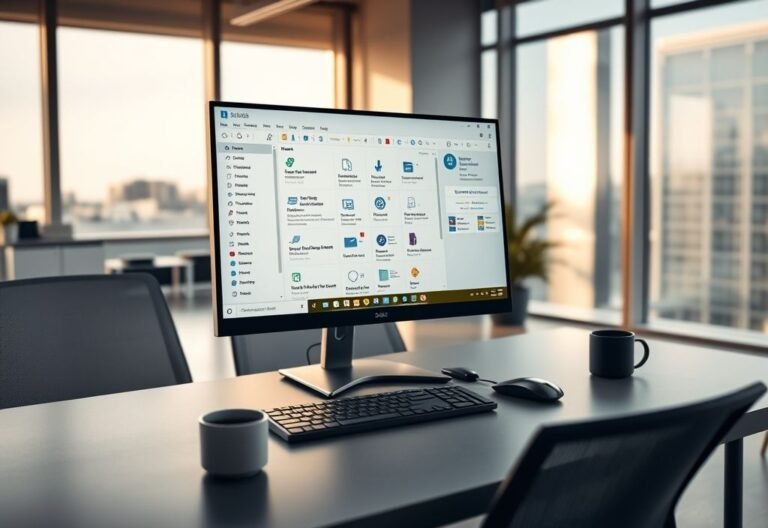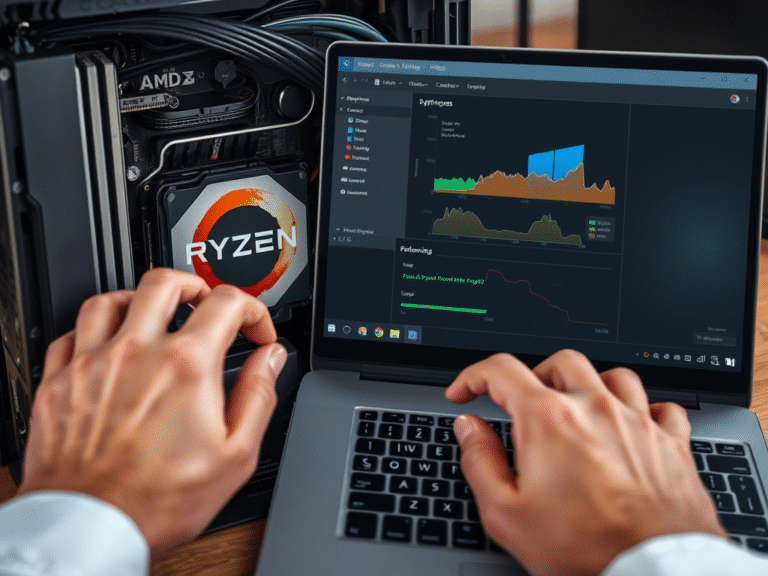The Hidden Perks: Beyond Salary, What Else Does Microsoft Offer?

The Hidden Perks: Beyond Salary, What Else Does Microsoft Offer?
For many in the tech world, landing a job at one of the Big Tech giants isn’t just a career move — it’s a milestone. Companies like Microsoft offer more than just high-profile projects; they provide access to global platforms, cutting-edge AI research, and compensation packages that often set the benchmark for the entire industry.
Even amid recent industry-wide layoffs, Microsoft continues to attract top talent, in part thanks to its transparent — though highly tiered — pay structure. While the company doesn’t publish official salary bands, insider data and employee reports have shed light on how much Microsoft employees actually earn, from fresh graduates to its most elite engineers.
A recently surfaced pay guideline, reportedly used internally, breaks down compensation across Microsoft’s engineering levels — revealing just how lucrative a career at the Redmond-based tech leader can be.
How Microsoft Ranks Its Engineers
Microsoft uses a level-based system (ranging from L57 to L70+) to classify technical roles, determine responsibilities, and structure pay. Each level corresponds to experience, impact, and leadership scope.
Here’s a quick overview of key milestones:
- L57–L59: Entry-level engineers (new grads and early-career)
- L60–L64: Mid to senior engineers
- L65: Principal Engineers — technical leaders shaping core products
- L68: Partner-level roles — often managing large teams or critical systems
- L70: Distinguished Engineers — the highest technical honor, reserved for industry-shaping innovators
Now, let’s dive into what each level actually earns.
What Entry-Level Engineers Make
For new grads or engineers just starting out, Microsoft offers a strong entry point. At Level 57, base salaries range from around $83,000 to $124,600, depending on location and experience. Signing bonuses can go up to $9,000, and new hires typically receive a modest stock grant — usually between $5,000 and $13,000 — vested over time.
By Level 59, engineers see a noticeable jump. Base pay can reach up to $163,600, with signing bonuses hitting $18,000 and onboarding stock awards going as high as $120,000. Annual bonuses, when applicable, can add another 20% of base salary.
These numbers are especially attractive when you consider that many of these roles come with full benefits, remote flexibility, and rapid career progression.
Mid to Senior Engineers: Where Pay Starts to Skyrocket
Once you hit Level 60 and above, the financial picture changes dramatically. A Level 63 Senior Engineer can expect a base salary between $145,000 and $237,600, but that’s just the beginning.
The real value lies in equity. On-hire stock awards at this level can exceed $200,000, and annual stock refreshers can add up to $64,000 more. Signing bonuses may reach $45,000, and performance bonuses can go as high as 30% of base pay.
By Level 65 (Principal Engineer), total compensation often surpasses $700,000 per year when factoring in salary, stock, and bonuses. Some reports even show packages exceeding $1 million in peak years, especially with large stock grants and strong performance reviews.
The Top of the Ladder: Partners and Distinguished Engineers
At the highest levels, Microsoft doesn’t just pay competitively — it invests heavily in retaining its most valuable technical minds.
A Level 68 Partner can receive an onboarding stock package worth up to $1.15 million, with annual stock awards reaching $754,000. Base salaries hover between $212,800 and $354,000, and bonuses can climb to 90% of base pay for top performers.
And then there’s Level 70 — Distinguished Engineer. These are the rare individuals shaping the future of Microsoft’s core technologies. Their compensation reflects that status: base salaries up to $408,000, on-hire stock grants ranging from $827,000 to a staggering $1.9 million, and annual stock awards that can exceed $1.4 million.
At this level, it’s not just about annual income — it’s about long-term wealth creation through vested equity.
Location Plays a Big Role
It’s important to note that these figures aren’t one-size-fits-all. Microsoft adjusts pay based on geographic location. Engineers in high-cost areas like San Francisco, New York, or Seattle fall into the “high” pay range, while those in lower-cost regions or on standard remote plans may be placed in the “main” band.
This means two engineers at the same level could have different total packages — not because of rank, but due to market conditions and cost of living.
How Microsoft Compares to Google, Amazon, and Meta
In the past, companies like Google and Meta often led in total compensation. But in recent years, Microsoft has closed the gap — and in some cases, surpassed them — especially at senior and executive engineering levels.
Where Microsoft stands out is career longevity and stability. While other tech firms have seen volatility, Microsoft’s enterprise focus, cloud growth (Azure), and strategic bets on AI have kept its engineering teams in high demand — and well-compensated.
More Than Just Money
Yes, the numbers are impressive. But for many engineers, the appeal of working at Microsoft goes beyond the paycheck. It’s about working on products with global impact, having access to world-class mentorship, and growing within a company that values both technical depth and long-term innovation.
Whether you’re just starting out or aiming for the top of the engineering ladder, Microsoft offers a clear — and highly rewarding — path forward.





